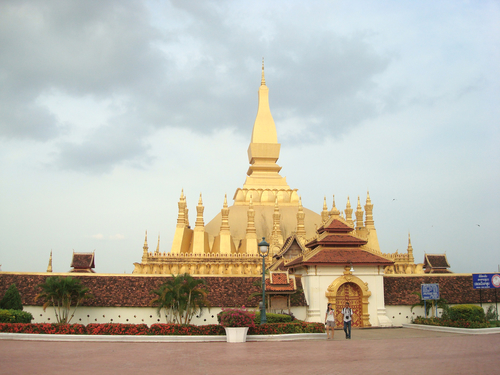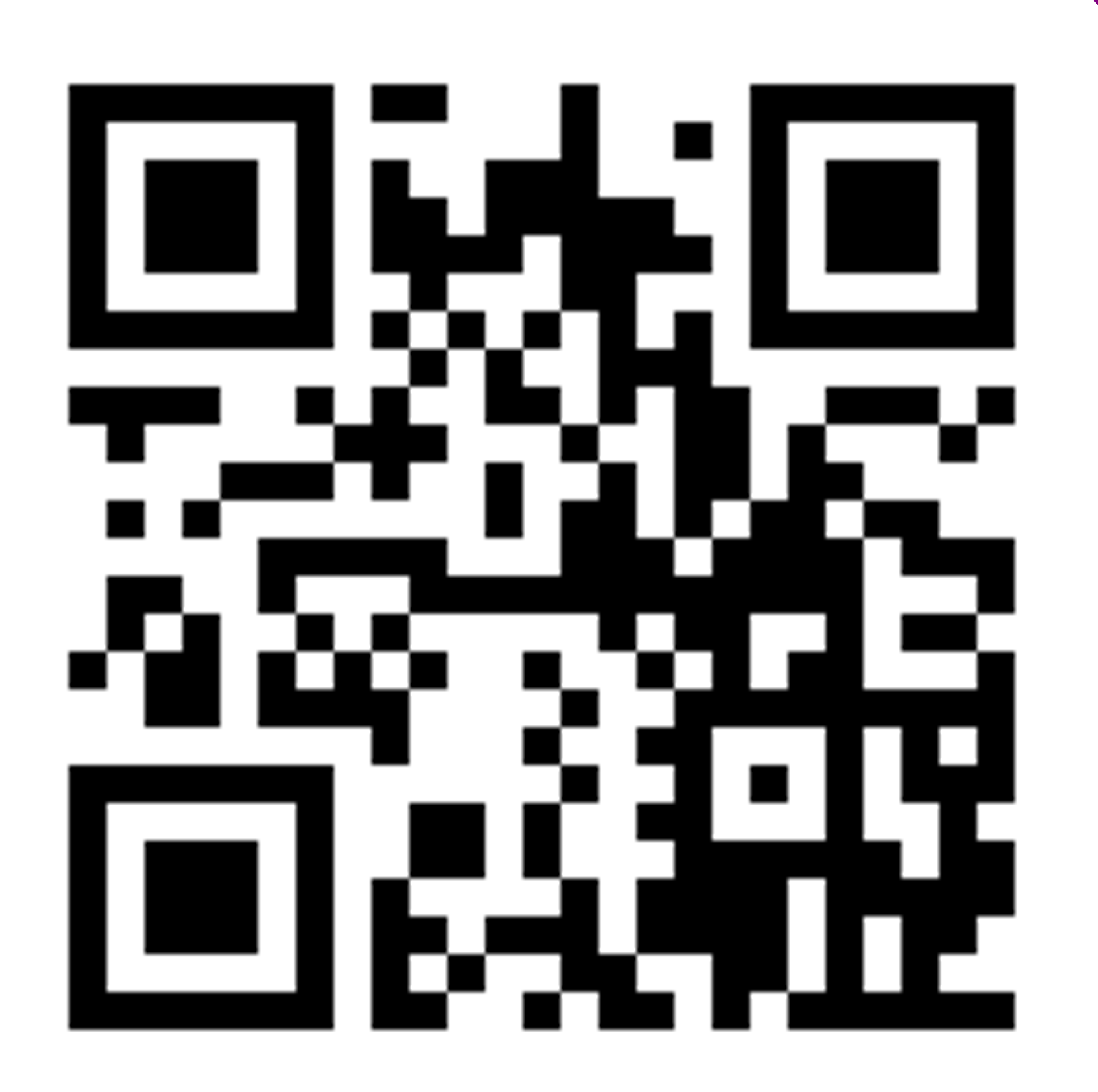ค้นหางานศิลปกรรม
ฐานข้อมูลศิลปกรรมในเอเชียตะวันออกเฉียงใต้
สถาปัตยกรรมเรือนธาตุของอาคารประธาน: จันทิเซวู
จันทิหลังประธานของจันทิเซวูมีแผนผังกากบาทเช่นเดียวกับจันทิกะลาสันและจันทิปรัมบะนัน กล่าวคือ มีห้องครรภคฤหะตรงกลางและล้อมรอบไปด้วยมุขสี่ทิศ รวมกันเป็นห้าห้อง ซึ่งคงเป็นอิทธิพลจากผังกากบาทของปหรรปุระในศิลปะปาละตอนต้น เรือนธาตุของจันทิประธาน ประกอบด้วยเก็จจำนวนสามเก็จ คือเก็จประธานและเก็จมุม เก็จประธานเป็นซุ้มกาล-มกรขนาดใหญ่ โดยมีหน้ากาลอยู่ด้านบนและมีมกรหันออกอยู่ด้านล่าง ทั้งหมดเป็นกรอบครอบซุ้มประตูรูปกูฑุ ส่วนเก็จมุมขนาบปรากฏ “ซุ้มจระนำและเสา” ซึ่งเป็นระเบียบเดียวกับซุ้มพระโพธิสัตว์ที่เก็จมุมของจันทิเมนดุต จันทิปะวนและจันทิกะลาสัน อย่างไรก็ตาม ซุ้มจระนำที่นี่กลับบรรจุแถบลวดลายพวงอุบะจนเต็ม
สถาปัตยกรรมจันทิหลังบริวาร: จันทิเซวู
แผนผังรวมของจันทิเซวูประกอบด้วยจันทิประธานตรงกลางซึ่งล้อมรอบด้วยจันทิบริวารจำนวนมาก แผนผังจันทิเซวูอยู่จึงในระบบ “มณฑล” หรือการจำลองจักรวาลที่เต็มไปด้วยที่ประทับของพระพุทธเจ้า พระโพธิสัตว์และเทพเจ้าในตำแหน่งต่างๆ อนึ่ง ชื่อจันทิเซวู ซึ่งแปลว่าจันทิพันหลัง ซึ่งคงได้มาจากจันทิบริวารจำนวนมากนั่นเอง แม้ว่าแท้จริงแล้วจะมีเพียง 240 หลังก็ตามจันทิบริวารเหล่านี้ คงมีต้นเค้ามาจากห้องกุฏิจำนวนมากที่วงเป็นรูปสี่เหลี่ยมที่ล้อมรอบอาคารประธานที่ปหรรปุระในศิลปะปาละ แต่จันทิเซวูกลับออกแบบให้จันทิแต่ละหลังตั้งอยู่แยกออกจากกันเป็นอิสระ ยอดของจันทิบริวารเหล่านี้ประกอบด้วยอาคารจำลองยอดสถูปิกะ ถัดขึ้นไปเป็นฐานบัวยกเก็จเพื่อรองรับสถูปยอดที่มีสถูปิกะบริวารประดับอยู่สี่หรือแปดทิศ อนึ่ง ความซับซ้อนเช่นนี้ถือว่าเป็นลักษณะเฉพาะในศิลปะชวาภาคกลางตอนปลาย
สถาปัตยกรรมธาตุ วัดสีเมือง
ธาตุวัดสีเมือง เป็นธาตุที่สร้างด้วยศิลาแลงซึ่งแตกต่างไปจากธาตุที่สร้างด้วยอิฐในระยะร่วมสมัย เท่าที่เหลืออยู่ปรากฏเป็นฐานบัวที่มีบัวคว่ำและท้องไม้ขนาดใหญ่ที่คาดด้วยลูกแก้วอกไก่ ธาตุองค์นี้มักถูกเข้าใจผิดว่าเป็นสถาปัตยกรรมขอม อย่างไรก็ตาม ขนาดของศิลาแลงที่เล็กกว่าขอมมากและการใช้ลูกแก้วอกไก่คาดกลางท้องไม้ย่อมแสดงว่าธาตุองค์นี้ไม่ใช่ศิลปะขอมอย่างแน่นอน
สถาปัตยกรรมธาตุหลวง
เป็นอูบมูงหรือเนินขนาดใหญ่ในผังสี่เหลี่ยม ซึ่งเนินดังกล่าวนี้อาจมีมาก่อน ต่อมามีการสร้างธาตุขึ้นด้านบนอูบมูงดังกล่าว และยังมีการสร้างธาตุขนาดเล็กรายล้อมธาตุองค์องค์ในความหมายที่เกี่ยวข้องกับบารมีของพระพุทธเจ้ารวมถึงความเกี่ยวข้องกับสวรรค์ชั้นดาวดึงส์ อนึ่ง เจดีย์องค์นี้มีอีกชื่อหนึ่งว่าเจดีย์โลกจุฬามณี ซึ่งหมายถึงเจดีย์ที่บรรจุพระเกศาของพระพุทธเจ้าในคราวออกผนวช การตั้งชื่อเจดีย์เช่นนี้ย่อมสื่อว่าเวียงจันทน์อาจเปรียบได้ดั่งสวรรค์ชั้นดาวดึงส์ และกษัตริย์เองก็เทียบได้ว่าทรงเป็นพระอินทร์
สถาปัตยกรรมมหาธาตุ
เจดีย์องค์นี้ประกอบด้วยฐานบัวขนาดใหญ่ด้านล่างซึ่งมีลวดบัวแบบล้านนา คือ เป็น.ฐานบัวสองชั้นที่มีท้องไม้คั่นกลาง แต่กลับไม่เพิ่มมุมใดๆ ฐานดังกล่าวรองรับเรือนธาตุในผังเพิ่มมุม ถัดเป็นปรากฏหลังคาลาด ชั้นซ้อนซึ่งมีเค้าโครงคล้ายบัวถลาในผังแปดเหลี่ยม และองค์ระฆังขนาดเล็ก เค้าโครงของเจดีย์องค์นี้ดูคล้ายกับเจดีย์ทรงปราสาทยอดในศิลปะล้านนาในครึ่ง หลังพุทธศตวรรษที่ 21 อย่างมาก เช่น เจดีย์วัดโลกโมฬี เชียงใหม่ ซึ่งสร้างเพื่อบรรจุพระอัฐิของโดยพระเมืองเกศเกล้า เป็นต้น อย่างไรก็ตาม รายละเอียดของเจดีย์องค์นี้แตกต่างพอสมควรไปจากเจดีย์ล้านนา ซึ่งความแตกต่างดังกล่าวอาจแสดงให้เห็นว่าเจดีย์องค์นี้ได้รับการบูรณะปฏิสังขรณ์ในระยะหลังด้วย
สถาปัตยกรรมธาตุวัดแสน
เจดีย์องค์นี้มีลักษณะเป็นเจดีย์แบบล้านช้างอย่างแท้จริง กล่าวคือ ประกอบด้วยฐานบัวเข่าพรหมที่มีกาบเท้าสิงห์เป็นวงโค้งต่อเนื่องกัน อันสืบมาจากฐานสิงห์ในศิลปะอยุธยาตอนกลาง ลวดบัวของฐานลดหน้ากระดานบนทิ้ง โนกำหนดให้บัวหงายกับบัวคว่ำประกบกันและตวัดงอนขึ้นเพื่อให้เส้นรอบนอกของฐานมีความลื่นไหลต่อเนื่อง ส่วนกลางเป็นบัวเหลี่ยมที่มีเส้นรอบนอกที่ลื่นไหลเช่นกัน บัวเหลี่ยมนี้ถือเป็นลักษณะเฉพาะของเจดีย์หรือธาตุในศิลปะล้านช้าง ปรากฏทั้งในสกุลช่างหลวงพระบางและเวียงจันทน์
สถาปัตยกรรมธาตุวัดสบ
เจดีย์องค์นี้ได้รับอิทธิพลเจดีย์ทรงเครื่องในศิลปะรัตนโกสินทร์เป็นอย่างมาก โยเฉพาะองค์ระฆังในผังสี่เหลี่ยมเพิ่มมุมไม้ 12 และบัวคลุ่มเถา อย่างไรก็ตาม เจดีย์องค์นี้กลับเป็นการสร้างรูปแบบใหม่ โยการกำหนดให้เจดีย์ทรงเครื่องแบบรัตนโกสินทร์กลายเป็นยอดของเจดีย์ทรงปราสาท ซึ่งมีเรือนธาตุและมีฐานที่ไม่เหมือนทีเดียวกับเจดีย์ในกรุงเทพ
สถาปัตยกรรมธาตุวัดอาไพ
เจดีย์องค์นี้ได้รับอิทธิพลเจดีย์ทรงระฆังในศิลปะล้านนาอย่างมาก ทั้งฐานบัวที่อยู่ในผัง สี่เหลี่ยมเพิ่มมุมและมีท้องไม้กว้าง ชุดฐานรองรับองค์ระฆังในผังกลมที่ปรับเปลี่ยนมาจากบัวถลาในศิลปะล้านนา ละองค์ระฆังกลมขนาดเล็ก เป็นต้น อย่างไรก็ตาม เจดีย์องค์นี้คงไม่ได้สร้างขึ้นร่วมสมัยราชวงศ์มังราย แต่คงสร้างขึ้นในภายหลัง คือราวพุทธศตวรรษที่ 24 เนื่องจากเจดีย์มีขนาดเล็กและมีลวดบัวที่ปรับเปลี่ยนไปจากศิลปะล้านนามาก


